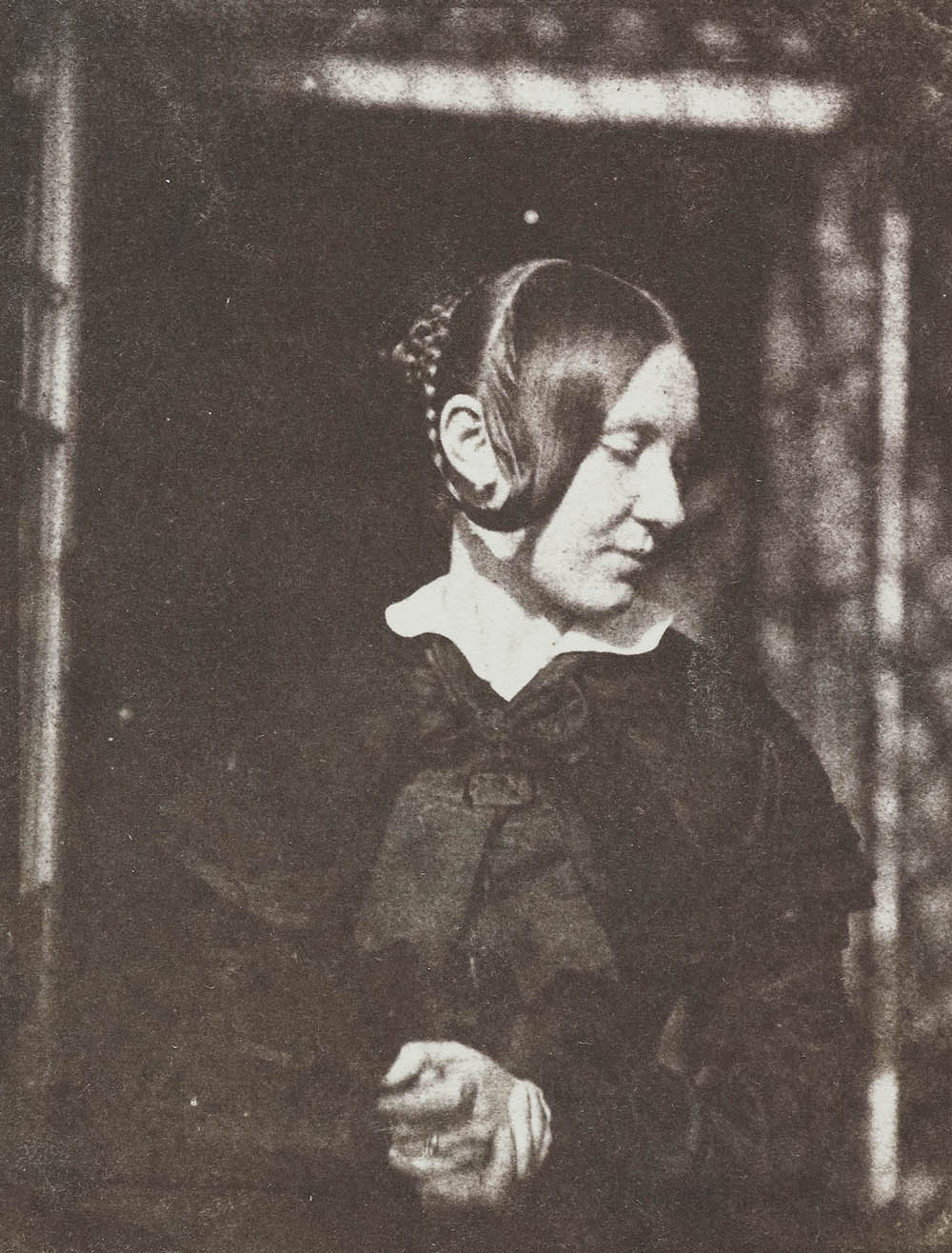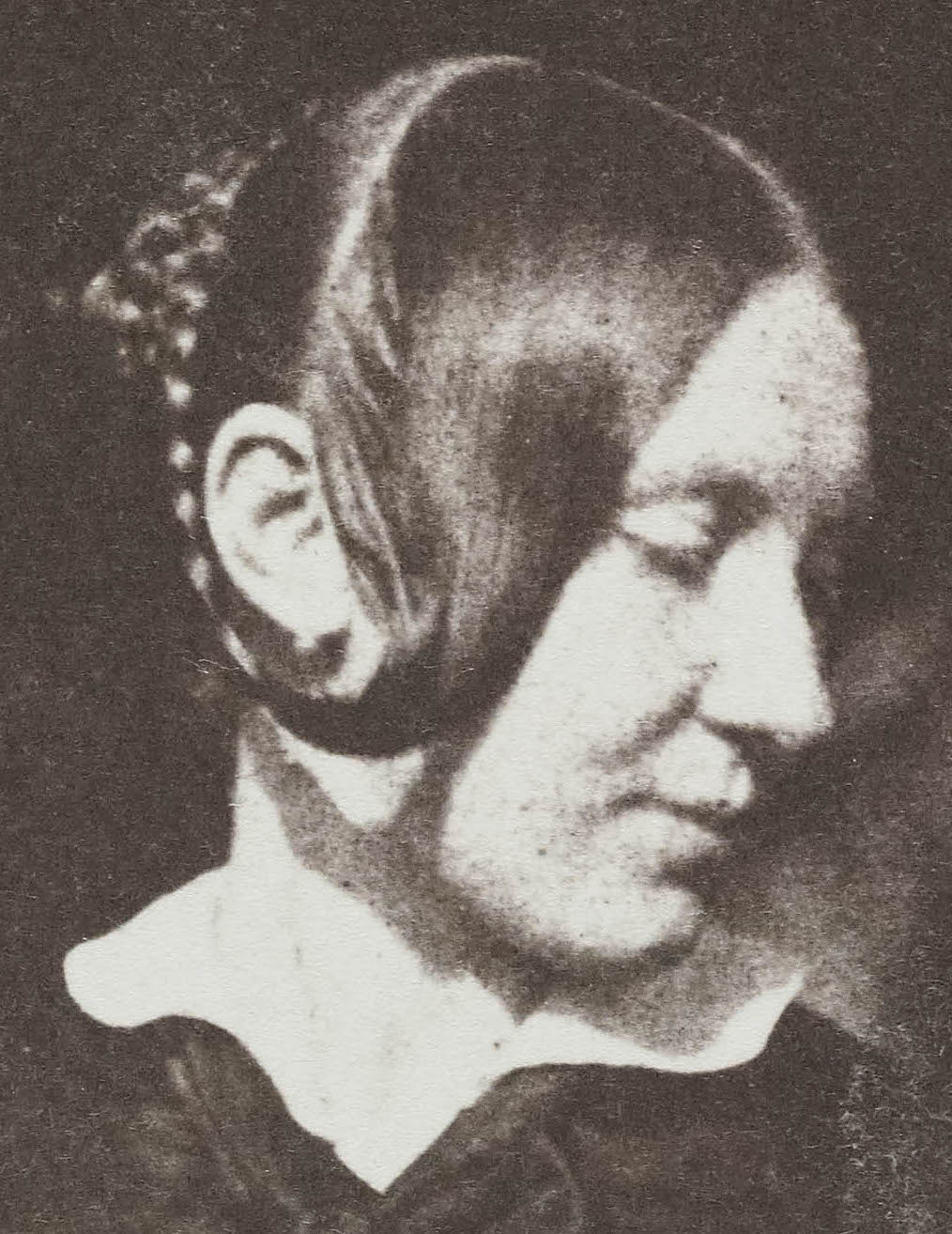Guest post by Brian Liddy
In previous posts I had intended to conjure up the idea of sunshine as a summer pleasure but instead I found that I was drawn to shadows. Shadows tell us the sun shone brightly the day a photograph was taken, but in the absence of sunlight they represent passages of darkness. Shadows do not shine, so perhaps the remedy is to highlight a third way that sunshine is revealed in early photographs.
Long before electric light, when there were only candles or gaslight, the sun alone had the strength to turn a sensitized piece of paper into a photograph. Such paper photographs have often been compared unfavourably with daguerreotypes. Sometimes called ‘the mirror with a memory’, the sharp daguerreotype image sits directly upon a sheet of burnished metal while salt prints appear softer because their image is embedded in paper fibres. The implication was that the daguerreotype is superior because it is more detailed, however not everyone agreed at the time, and the portrait of his wife by the Rev Calvert R Jones challenges that notion.
Unlike many women photographed in the 1840s Anne Jones is pictured without a bonnet, which means there is no risk of a shadow obscuring her face. She sits in profile, set against a dark background, framed by the open door or window behind her. The tender mood indicates the photographer was close to the sitter. We know the sun was shining because the elaborate braid of hair which passes under her ear has cast a shadow on her face and neck. Whether the sunlight is reflected by the natural lustre of her hair, or from her use of hair care products, I do not know and do not care. What I do love is the way the sheen on her hair gently conveys the warmth of the sun.
In last week’s posting Larry discussed what he believes is a photograph of the Rev Calvert R Jones and his first wife Anne at Lacock Abbey. His close examination of the double portrait shows the same distinctive braided hairstyle as the woman in today’s photograph.
My eye is also led to a gentle highlight from the wedding band on the ring finger of her left hand. This minute but important detail, subtly picked out in soft diffuse sunlight, may support the theory that she is indeed the photographer’s wife. If this is a portrait by Calvert of Anne, they would only have been married a few years at the time the photograph was taken.
In the end the hard metallic daguerreotype photograph and the soft warm paper photograph are both made from sunlight. But in my mind Talbot’s paper process has the power to convey the sun’s warmth to greater effect. And although in reality I may avoid direct sunshine, when it comes to gently reflected sunlight in early photography, I love it and seek it out.
Brian Liddy
• Questions or Comments? Please contact digitalsupport@bodleian.ox.ac.uk • Rev. Calvert R Jones, Anne Jones framed in a doorway, ca. 1845, salt print from calotype negative, National Media Museum, Bradford, 1937-3528/1; Schaaf 2168 • The frequency with which a Victorian gentlewoman washed her hair would have depended on social status. As the wife of a clergyman Anne would certainly have been expected to maintain standards, and by the 1840s one ancient Hebrew proverb was already in common usage as the famous 18th century preacher, John Wesley is quoted as having said, “Slovenliness is no part of religion. Cleanliness is indeed next to Godliness.” Also, publications devoted to lady’s etiquette in the nineteenth century dedicated much space to hair-care, so it’s clear that a Victorian woman would have wanted good conditioned, beautiful hair. • There are numerous photographs by WHFT that perfectly exhibit the reflective warmth that sometimes comes from sunshine. Check out WHFT’s studies of glass and book spines in this earlier post. And note that the surface to catch reflective sunlight is not always smooth, as exhibited by WHFT’s photograph of the trunk of a larch tree.




